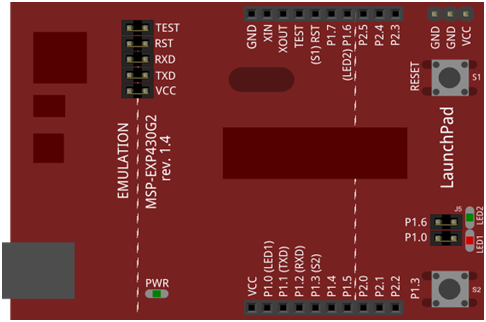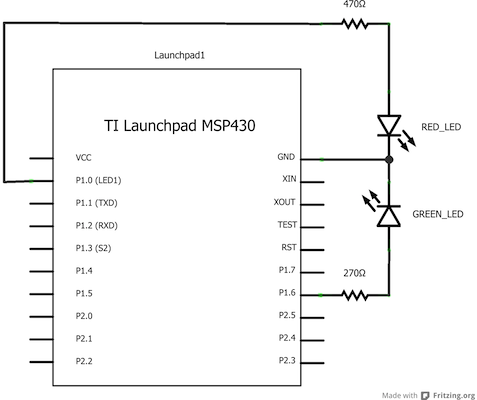Examples > Strings
String Constructors
This example will go over how to use string constructors.
Relevant Groundwork
The String object allows you to manipulate strings of text in a variety of useful ways. You can append characters to Strings, combine Strings through concatenation, get the length of a String, search and replace substrings, and more. This tutorial shows you how to initialize String objects.
String stringOne = "Hello String"; // using a constant String
String stringOne = String('a'); // converting a constant char into a String
String stringTwo = String("This is a string"); // converting a constant string into a String object
String stringOne = String(stringTwo + " with more");// concatenating two strings
String stringOne = String(13); // using a constant integer
String stringOne = String(analogRead(0), DEC); // using an int and a base
String stringOne = String(45, HEX); // using an int and a base (hexadecimal)
String stringOne = String(255, BIN); // using an int and a base (binary)
String stringOne = String(millis(), DEC); // using a long and a base
All of these methods are valid ways to declare a String object. They all result in an object containing a string of characters that can be manipulated using any of the String methods. To see them in action, upload the code below onto an Arduino and open the Serial Monitor. You'll see the results of each declaration. Compare what's printed by each println() to the declaration above it.
Hardware Required
- MSP-EXP430G2 LaunchPad
Circuit
Only LaunchPad is required for this example.

image developed using Fritzing. For more circuit examples, see the Fritzing project page.
Schematic

Code Explanation
In the program, we use string contructors to create strings from other data types.
Code
/*
String constructors
Examples of how to create strings from other data types
created 27 July 2010
modified 30 Aug 2011
by Tom Igoe
This example code is in the public domain.
*/
void setup() {
// Open serial communications and wait for port to open:
Serial.begin(9600);
// send an intro:
Serial.println("\n\nString Constructors:");
Serial.println();
}
void loop() {
// using a constant String:
String stringOne = "Hello String";
Serial.println(stringOne); // prints "Hello String"
// converting a constant char into a String:
stringOne = String('a');
Serial.println(stringOne); // prints "a"
// converting a constant string into a String object:
String stringTwo = String("This is a string");
Serial.println(stringTwo); // prints "This is a string"
// concatenating two strings:
stringOne = String(stringTwo + " with more");
// prints "This is a string with more":
Serial.println(stringOne);
// using a constant integer:
stringOne = String(13);
Serial.println(stringOne); // prints "13"
// using an int and a base:
stringOne = String(analogRead(A0), DEC);
// prints "453" or whatever the value of analogRead(A0) is
Serial.println(stringOne);
// using an int and a base (hexadecimal):
stringOne = String(45, HEX);
// prints "2d", which is the hexadecimal version of decimal 45:
Serial.println(stringOne);
// using an int and a base (binary)
stringOne = String(255, BIN);
// prints "11111111" which is the binary value of 255
Serial.println(stringOne);
// using a long and a base:
stringOne = String(millis(), DEC);
// prints "123456" or whatever the value of millis() is:
Serial.println(stringOne);
// do nothing while true:
while(true);
}
Working Video
(Insert Video Here)Try it out:
- Use all the possible string constructors in a sketch
See Also
Corrections, suggestions, and new documentation should be posted to the Forum.
The text of the Energia reference is licensed under a Creative Commons Attribution-ShareAlike 3.0 License. Energia reference is based on the Arduino reference. Code samples in the reference are released into the public domain.